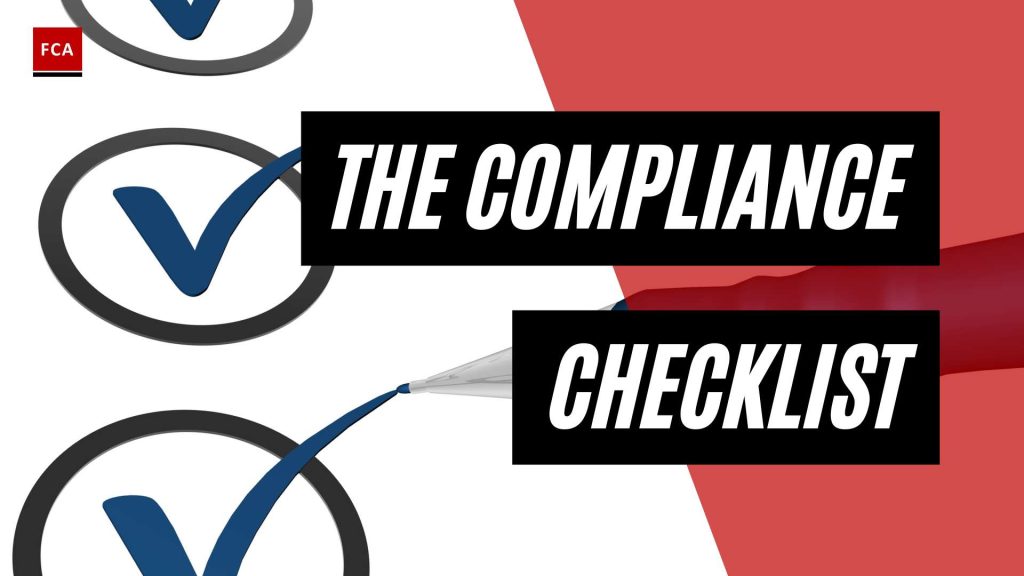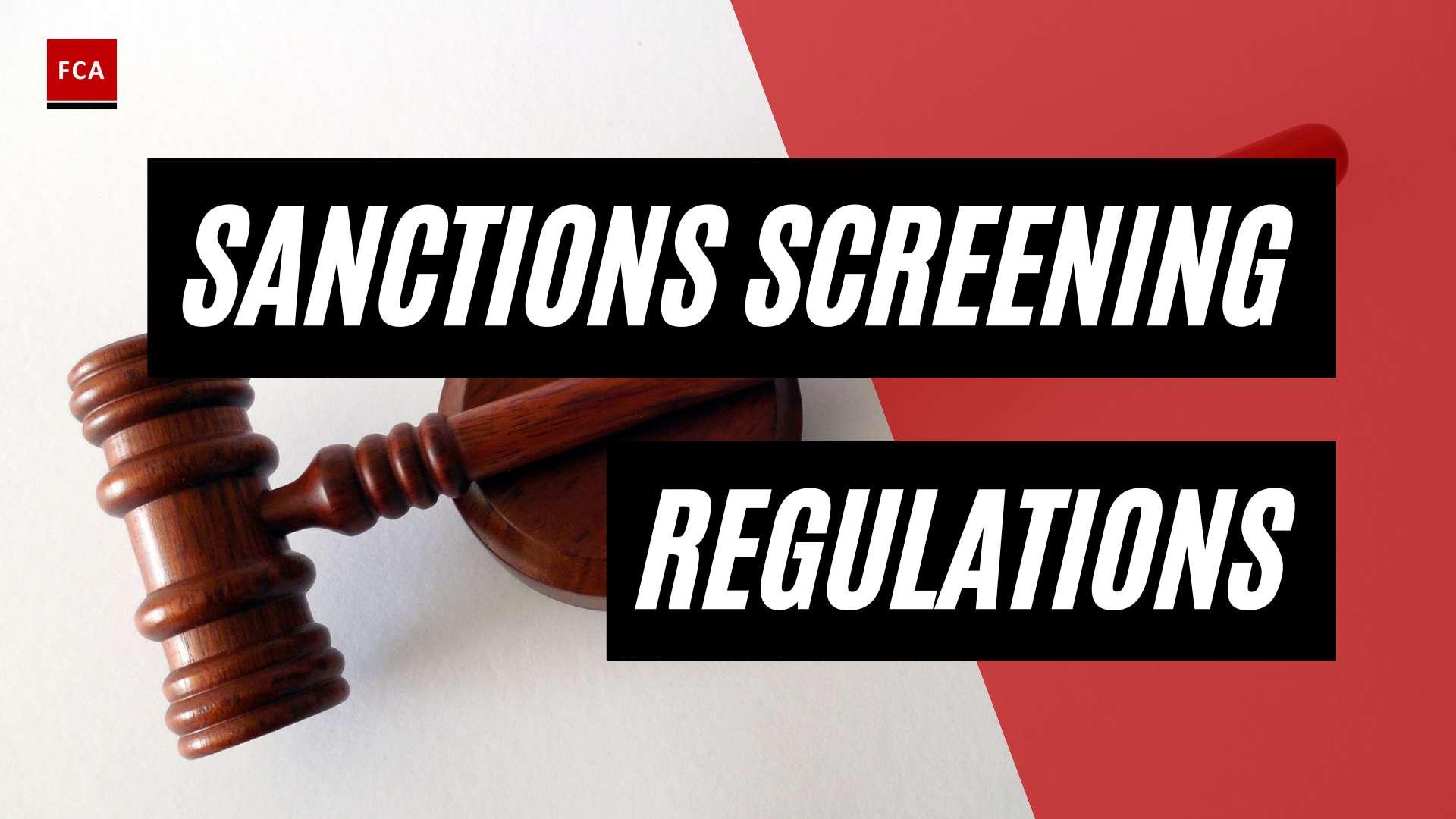Understanding Regulatory Reporting
In the field of Anti-Money Laundering (AML) and across other sectors, regulatory reporting plays a pivotal role in ensuring transparency, enforcing accountability, and maintaining a robust compliance framework.
Definition and Importance
Regulatory reporting refers to the mandatory submission of information by businesses to regulatory bodies. This process is integral to the monitoring and enforcement of regulations, acting as a critical tool for governing entities to ensure that organizations are upholding legal and regulatory standards.
The importance of regulatory reporting cannot be overstated. It provides regulators with valuable insights into an organization’s operations, financial health, and compliance with regulations. Moreover, it fosters accountability and transparency, both of which are vital in maintaining public trust and ensuring the stability of various industries. Regulatory reporting is therefore a cornerstone of good governance, risk management, and compliance.
For professionals working in compliance and risk management, understanding the specific regulatory reporting requirements is key to developing effective strategies and systems for maintaining compliance. This knowledge is particularly essential in fields like AML, where regulatory reporting often involves comprehensive data collection and analysis, stringent documentation, and timely submissions to regulatory bodies.
Factors Influencing Reporting Requirements
Several factors can influence regulatory reporting requirements. These include the sector in which a business operates, the geographic region, and the specific regulations applicable to that industry.
For example, the financial industry, particularly in areas like AML, faces stringent reporting regulations such as Sarbanes-Oxley (SOX), Dodd-Frank, Basel III, and AML rules. These regulations require comprehensive reporting and documentation to ensure transparency and compliance.
Meanwhile, healthcare organizations must comply with regulations like the Health Insurance Portability and Accountability Act (HIPAA) and the Affordable Care Act (ACA), which impose strict requirements for reporting patient data, protecting privacy, and ensuring the security of electronic health records.
The differences in regulatory reporting requirements across industries highlight the importance of developing a robust compliance program tailored to the sector-specific needs of an organization. This underscores the need for a comprehensive understanding of the regulatory landscape and the unique reporting requirements of each sector.
Additionally, the regulatory landscape is continuously evolving, with new rules and requirements emerging in response to changing market conditions, technological advancements, and societal trends. This further underscores the need for compliance professionals to stay updated on the latest developments and adapt their regulatory reporting strategies accordingly.
Understanding these factors and their impact on reporting requirements is key to maintaining AML regulatory compliance and meeting compliance reporting obligations across different industries. It’s also crucial in leveraging regulatory reporting technology effectively and harnessing its potential to enhance the efficiency and accuracy of regulatory reporting.
Key Reporting Requirements in Different Industries
Understanding the nuances of regulatory reporting requirements is crucial for businesses operating in highly regulated industries. These requirements can vary significantly across sectors, with the financial and healthcare industries being subject to some of the most stringent regulations.
Financial Industry Reporting Requirements
The financial industry is subject to strict reporting regulations, which are designed to promote transparency, protect consumers, and prevent fraudulent activities. These regulations include the Sarbanes-Oxley (SOX), Dodd-Frank, Basel III, and Anti-Money Laundering (AML) rules, all of which require comprehensive documentation and reporting to ensure compliance (Serviceaide).
For instance, the Federal Reserve requires various reports and forms for a multitude of purposes, including monetary policy, institution supervision, banking applications, legal developments, financial stability assessments, regulations, and payment policies.
Moreover, evolving regulations such as the proposed Climate Risk Disclosures by the SEC can introduce new reporting requirements, necessitating financial institutions to adapt and prepare for these changes.
For more details on AML reporting guidelines, visit our page on aml reporting guidelines.
Healthcare Industry Reporting Requirements
Healthcare organizations, on the other hand, have to comply with regulations like the Health Insurance Portability and Accountability Act (HIPAA) and the Affordable Care Act (ACA), which impose strict requirements for reporting patient data, protecting privacy, and ensuring the security of electronic health records.
These regulations aim to improve the quality of care, protect patient rights, and prevent healthcare fraud and abuse. They require healthcare providers to maintain accurate records, implement robust security measures, and submit regular reports to demonstrate compliance.
As the regulatory landscape continues to evolve, both financial and healthcare organizations need to stay abreast of the latest changes and ensure they have the systems and processes in place to meet these complex reporting requirements. For more information on regulatory reporting, visit our page on regulatory reporting framework.
Consequences of Non-compliance
Non-compliance with regulatory reporting requirements can entail serious repercussions. These consequences are not limited to financial penalties but can also include reputational damage and legal risks. It is thus crucial for organizations to ensure they meet their compliance reporting obligations to avoid these potential pitfalls.
Financial Penalties
Regulatory bodies can impose hefty fines on organizations that fail to meet reporting requirements. The severity of these penalties varies depending on the specific regulation and the extent of the non-compliance. Here are some examples of the potential financial consequences:
| Regulation | Maximum Fine | Source |
|---|---|---|
| GDPR | 746 million euros ($847 million) | Diligent |
| HIPAA | $1.5 million per year for each violation | Diligent |
| SOX | Up to $1 million for executives certifying non-compliant financial reports | Diligent |
| EEO-1 Report | Possible prison term of five years for willfully false statements | Diligent |
| US anti-money laundering regulations | Imprisonment for up to 20 years for each violation | Diligent |
These figures underline the importance of strict adherence to the regulatory reporting framework across different sectors.
Reputational Impact and Legal Risks
Beyond the financial penalties, non-compliance with regulatory reporting requirements can also inflict significant harm to an organization’s reputation. A compliance breach can undermine the trust of customers, investors, and the public, leading to a decline in business and a potential loss of market share.
Moreover, legal risks associated with non-compliance can include lawsuits, injunctions, and the revocation of business licenses. In severe cases, non-compliance can lead to imprisonment. For example, executives who knowingly certify non-compliant financial reports under the SOX requirements face a possible ten-year prison term.
Organizations should thus consider investing in AML reporting software and regulatory reporting training to mitigate these risks. A robust understanding of AML regulatory compliance and reporting guidelines, coupled with the right technology, can significantly enhance an organization’s ability to meet their AML transaction reporting obligations.
Challenges in Meeting Reporting Requirements
Complying with regulatory reporting requirements can be a daunting task. There are several challenges associated with it, including the continually evolving regulatory landscape and industry-specific hurdles.
Changing Regulatory Landscape
The regulatory landscape in industries such as finance and healthcare is continuously changing, creating a challenge for entities trying to stay compliant. For example, the financial industry has experienced an increase in regulatory complexity in recent years, indicating that financial institutions need to consistently monitor and adapt to regulatory changes. This industry is subject to stringent regulations such as Sarbanes-Oxley (SOX), Dodd-Frank, Basel III, and Anti-Money Laundering (AML) rules, which require comprehensive reporting and documentation to ensure transparency and compliance.
Moreover, the number of requirements associated with the Dodd-Frank legislation reached nearly 400 rule-making requirements by 2016, resulting in a heavy compliance burden for financial institutions. Staying abreast with these changes and implementing them requires a robust regulatory reporting framework and frequent regulatory reporting training.
Industry-Specific Challenges
Each industry faces its unique set of challenges when it comes to meeting regulatory reporting requirements. For instance, healthcare organizations must comply with regulations like the Health Insurance Portability and Accountability Act (HIPAA) and the Affordable Care Act (ACA), imposing strict requirements for reporting patient data, protecting privacy, and ensuring the security of electronic health records (Serviceaide).
Similarly, financial institutions dealing with AML regulations face challenges due to international regulatory differences, necessitating operation flexibility to adapt to varying reporting frameworks (FINRA).
To overcome these industry-specific challenges, entities can invest in AML reporting software or other regulatory reporting technology that can help streamline the process and ensure accuracy in compliance.
Despite these challenges, meeting regulatory reporting requirements is crucial to fulfill compliance reporting obligations and avoid any severe consequences associated with non-compliance. By understanding these challenges and investing in the right resources and technology, entities can successfully navigate their way through the complex landscape of regulatory reporting.
Role of Technology in Regulatory Reporting
In the ever-evolving regulatory landscape, technology plays a crucial role in managing and meeting regulatory reporting requirements. From automating compliance processes to providing insights into compliance status, technology can significantly streamline operations and ensure adherence to regulations.
Benefits of Automation in Compliance
The adoption of technology in regulatory reporting can bring about numerous benefits. It can automate compliance processes, drastically reducing time, effort, and resources required to achieve compliance. This includes tracking regulatory changes, monitoring and analyzing data, thus providing greater visibility into the compliance status of an organization.
For financial institutions, the need for advanced technology solutions to manage regulatory reporting has become paramount. Effective and efficient regulatory reporting solutions can lead to cost savings through improved data quality, reduced operational risks, and enhanced regulatory compliance.
To fully leverage the benefits of technology in meeting AML regulatory reporting requirements, organizations can consider investing in AML reporting software and providing regulatory reporting training for their staff.
Challenges in Implementing Compliance Technology
While technology can be a game-changer in managing regulatory reporting requirements, it also presents certain challenges. One such challenge is cost control. Organizations may overspend on advanced or complex technology solutions without a clear understanding of their compliance requirements. This could lead to unnecessary expenses and a decreased return on investment, hindering their compliance efforts.
Another hurdle could be redundancy in regulatory compliance technology. This can occur when organizations invest in multiple technology solutions that perform similar functions, leading to unnecessary expenses and complexity. It’s vital for organizations to strategically approach technology investments to reduce redundancies.
Lastly, when selecting a regulatory technology consultant, maintaining independence is crucial. An independent consultant ensures unbiased advice and alignment of compliance efforts with regulatory requirements, avoiding conflicts of interest that could compromise objectivity or recommendations in regulatory compliance matters.
In conclusion, while technology can significantly streamline the process of meeting regulatory reporting requirements, it’s crucial for organizations to strategically implement and manage these solutions. By doing so, they can reap the benefits of automation in compliance while effectively navigating the challenges of technology implementation.
Case Study: Regulatory Reporting in Banking
Navigating the complex landscape of regulatory reporting requirements can be challenging in any industry, but it is particularly intricate in banking. To shed light on the subject, we will examine the approach of the Office of the Comptroller of the Currency (OCC) to regulatory reporting and discuss some of the key reports that banks are required to submit.
OCC’s Approach to Regulatory Reporting
The OCC places a great deal of importance on regulatory reports as they provide critical data used to assess banks’ financial conditions, detect emerging problems, and ensure institutions are operating safely and soundly.
Inaccurate, incomplete, or late regulatory reports can hinder the OCC’s ability to effectively supervise banks, which could result in enforcement actions or civil money penalties against institutions.
To assist banks in meeting these regulatory reporting requirements, the OCC offers numerous resources, including the “Bank Information System” (BIS). The BIS provides electronic access to the instructions and software for submitting regulatory reports, along with other guidance and support to assist banks in properly reporting data to the OCC.
For more detailed information about these regulations, check out our aml regulatory compliance and regulatory reporting framework pages.
Key Regulatory Reports for Banks
There are several key regulatory reports that banks are required to file with the OCC. These include the Call Report (Consolidated Report of Condition and Income) and the Thrift Financial Report (TFR). These reports are submitted to the Federal Financial Institutions Examination Council (FFIEC) and are used to monitor the financial and operational health of institutions and to assess compliance with regulatory requirements (OCC).
| Report | Purpose |
|---|---|
| Call Report | To monitor the financial health of banks |
| Thrift Financial Report (TFR) | To assess compliance with regulatory requirements |
The accuracy, timeliness, and completeness of these regulatory reports are crucial for the effective supervision of banks and to ensure the safety and soundness of the banking system as a whole.
For a more comprehensive understanding of these requirements, consider our regulatory reporting training or explore our aml reporting guidelines. Also, to streamline your reporting process, take a look at our aml reporting software page.
In conclusion, understanding and complying with regulatory reporting requirements is an essential aspect of operating in the banking industry. The OCC, among other regulatory bodies, provides numerous resources and guidelines to assist banks in this process. By integrating these practices into their operations, banks can ensure they remain compliant and maintain the integrity of the financial system.








